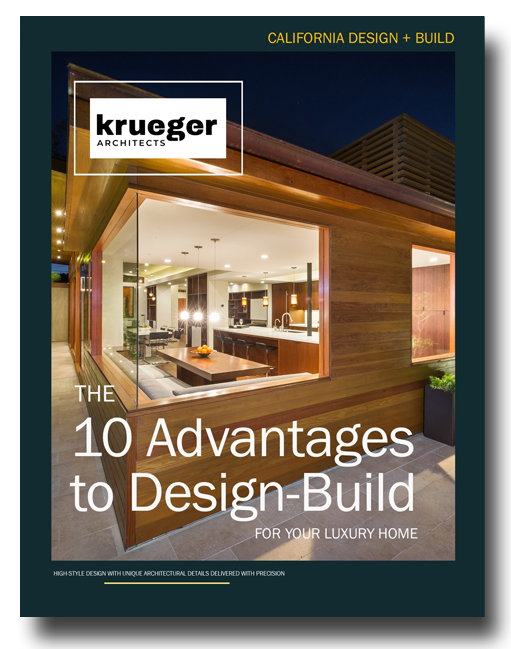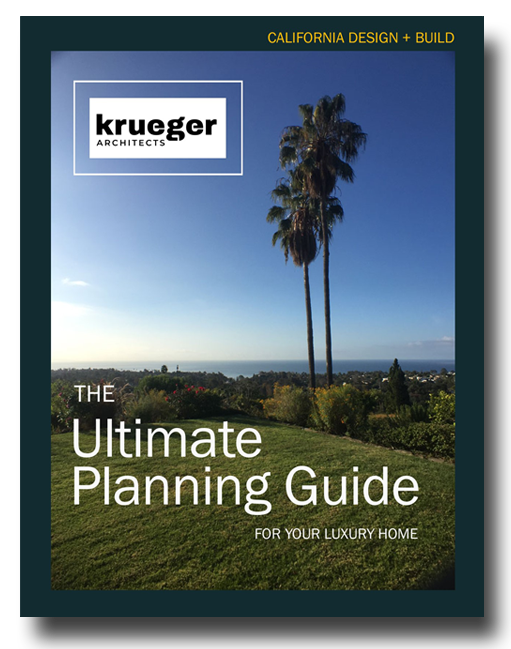Starting in December 2017 and continuing into 2018, the largest fire in modern California history spread through Ventura and Santa Barbara Counties–destroying more than a thousand structures located on 281,000+ acres. The threat of wildfires is scary. Concern for your family, friends, and neighbors. Concern for pets and wildlife. Concern for your home and your material possessions and all of the memories and irreplaceable items can be overwhelming. I wanted to write this blog post to pass along information for people about architectural design choices that could help to minimize fire risk.
I’m not saying that homes in the direct path of a wildfire would be spared with these kinds of measures, but there are instances when preventive measures can make a difference. Though fire is scary and unpredictable, there are considerations and steps you can take that, depending on the circumstances, can lower the chances of fire damage. Here are three things to consider for how to minimize fire risk:
Flame Resistant Design
1. The Site
One of the most helpful steps to minimize the risk of fire damage is to find a “fire resistant” site. A sites fire resistant rating is based on the topography and terrain like vegetation (or lack thereof), as well as where it is situated and access to water. Sites that are largely dry, desertscapes with drier plants and not near a stream or riverbed are generally flagged as higher risk.
Although wind conditions vary daily and seasonally, some areas are windier than others. In fall and winter, hot desert Santa Ana winds with a lethal combination of dry air and a dry environment, whether naturally so or due to drought, can create a greater risk for homes in windy locations. As we know, wind spreads fire. Flames jump from one house to another. Look to protect your overhangs and finishes with noncombustible materials like cement board. If you plan to use wood, put a noncombustible layer behind it. Then, even if the wood finish or other combustible is incinerated, the house is protected, and it’s a mainly cosmetic fix.
Proximity to neighbors or other high incendiary structures like storage units is an important consideration. When you are situating your house, rather than building as close as you can to the setback or a neighbor’s property, a certain distance away is helpful. For high fire zones, it can be helpful to plan for a space of 15 feet or more from the building to create a “defensible space” within your property and outside the house. Go one better and design a barrier of landscape, walls, or rocks. This creates a perimeter or ring around your house, which can be beautifully designed and visitors will never even realize its utilitarian purpose. It could be lush with water features, or desert-like with rocks. The idea is to stop fire in its tracks so it doesn’t creep up to the building. But this is not a fortress and isn’t a 100% guarantee.
An entire “wet house” with a sprinkler for the exterior is possible, although it is not commonly done. The latest code requirements are already attuned to the risks; all new homes are required to have fire sprinklers for everything inside.
2. Interior Design
Interior design choices matter. Windows are often the first area a wildfire penetrates, setting the draperies off like a Roman candle. You can choose fire-resistant draperies or roller shade treatments. Windows upgraded for environmental factors like solar gain can also help protect the home. A simple step you can take that could help is to keep your roof and gutters clean and free of debris.
3. Materials
Although it’s not the most important factor, building materials can add a layer of fire resistance. What are the materials you are using for the building? Non-combustible materials include steel, concrete, masonry, and brick. Sometimes these are finishes and that’s helpful, but even better would be to incorporate the actual materials into the structure.
This is a challenging time for Californians because of the wildfires. How to minimize fire risk is on the minds of a lot of us. Though sometimes damage is unavoidable, try taking even one of these steps. It could make a difference.





